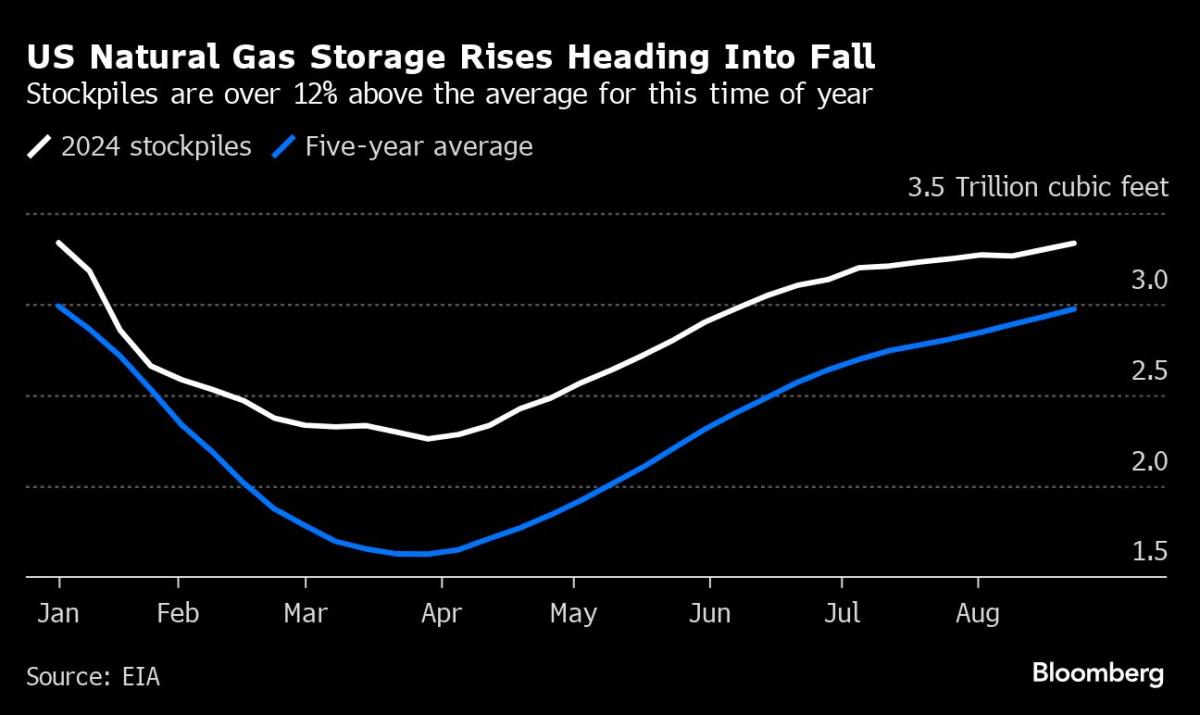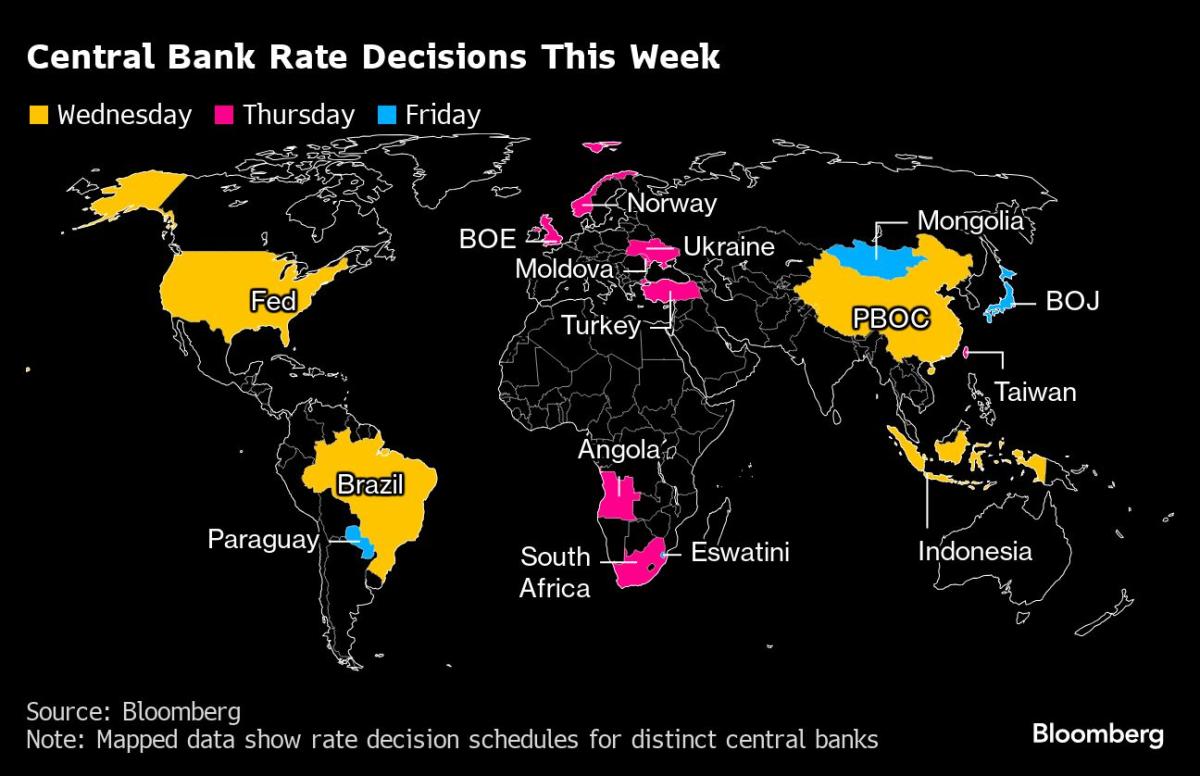(Bloomberg) — Arabica coffee is edging closer to prices not seen in more than a decade. Oil’s rocky August has traders bracing for what could be a bumpy ride toward the end of the year. And an abundance of soybean, corn and wheat are proving a drag for grains versus other commodities.
Most Read from Bloomberg
Here are five notable charts to consider in global commodity markets as the week gets underway.
Coffee
Arabica futures in New York are flirting with the highest levels since 2011 as concerns mount that heat and drought in Brazil, the world’s top coffee producer, threatens crops at a crucial flowering stage. Prices briefly pushed to 2022 highs last week, though they’ve met resistance in breaking through that 13-year threshold. There hasn’t been any significant rain in arabica regions since March, according to Regis Ricco, a director at RR Consultoria Rural, which provides agronomic services to several producers in the largest-growing areas of Brazil.
Oil
West Texas Intermediate is facing more than fundamental challenges in trying to shake off its current doldrums. In addition to the gloomy economic outlook for China — the world’s top crude importer — WTI futures are facing the technical resistance of trying to breach their 200-day moving average. While the fundamental picture, including the prospect of OPEC+ reviving some production later this year, remains the biggest obstacle to crude’s gains, technical barriers are becoming increasingly formidable as algorithmic traders play a larger role in the market.
Precious Metals
Gold’s record-setting ways have caught many investors’ attention, but the rally in silver has outpaced the yellow metal. A ratio between the two precious metals shows that cheaper silver may have more room to run as it plays a catch-up trade with bullion’s ascent. The ratio shows it now takes about 86 ounces of silver to buy an ounce of gold — well above the 20-year average. Silver is an industrial metal due to its usage in solar panels and electronics, though like gold it can also serve as an inflation hedge.
Grains
Grains futures relative to other commodities are hovering near the cheapest levels in 14 years as prospects of ample supplies weigh on prices. A gauge for contracts of soybeans, corn and wheat traded in Chicago and Kansas plunged last week to the lowest valuation since 2010 relative to other groups of raw materials in the Bloomberg Commodity Index. Grains have been the weakest link in major US commodity markets this year. Midwest farmers seem on track for a bumper harvest, with abundant rain and mild summer temperatures aiding crops and underscoring the outlook for ample global inventories.
Natural Gas
Stockpiles of US natural gas are rising higher than usual as the country heads into the fall — a trend that is reinforcing low prices and extending oversupplies until until bad weather drives up demand. Storage is about 12% above the five-year average after an unusually mild winter damped demand for the heating fuel. A hot summer hasn’t been enough to significantly deplete supplies, and traders are waiting to see whether extreme winter weather will bring storage back in line with usual numbers.
–With assistance from Gerson Freitas Jr. and Kevin Orland.
Most Read from Bloomberg Businessweek
©2024 Bloomberg L.P.







